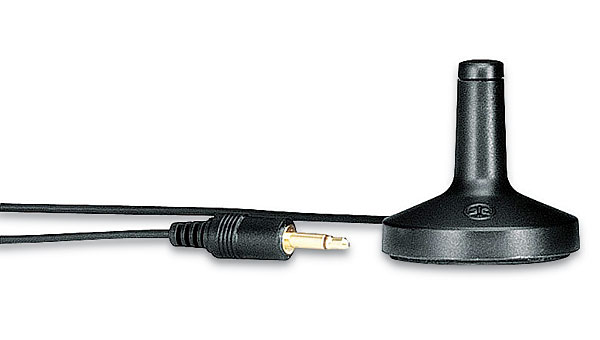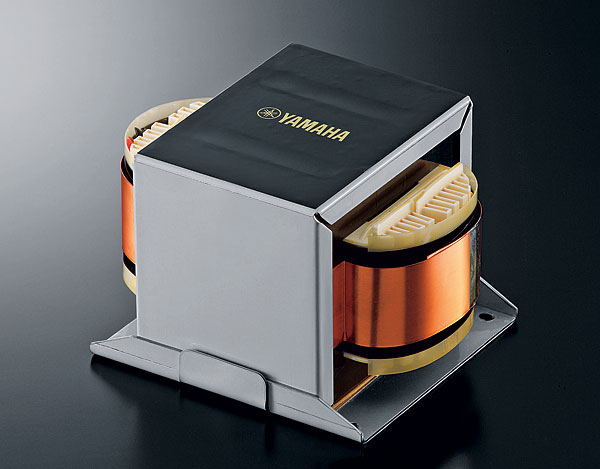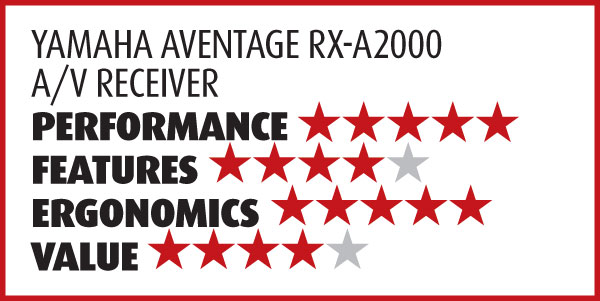Yamaha Aventage RX-A2000 A/V Receiver Page 3

Dolan’s Cadillac seems to be a straightforward vehicle for Christian Slater as a ruthless and intellectually pretentious human trafficker who’s out to eliminate witnesses to his crimes. About an hour in, it takes a turn for the bizarre worthy of Poe—any further description would be a spoiler. Although I continued to shift among the same three modes, with Pure Direct winning the exploding-car competition, eventually I went with Straight and got lost in the gripping final half-hour.
As a costume drama, Dorian Gray supported a slightly higher master volume setting of –21.5. For dialogue clarity, higher volume wasn’t necessary—the Yamaha never did anything short of a superb job with vocals regardless of demo material—but increasing levels all around did bring the impact of surround effects up a notch. For instance, in a scene with fairly subtle rain and thunder, the thunder was audible in all channels, but the rain needed a volume boost to notice that it actually spread from front to rear. Rich orchestral and piano music gave the AVR a chance to show off its musical prowess.
Fire and Water
Two popular works of Handel, Music for the Royal Fireworks and Water Music, arrived on SACD circa 2003. Martin Pearlman conducted the Boston Baroque. Telarc’s 5.1-channel recording underplayed the center channel, but only a little. This would favor systems with larger and/or better speakers in the left and right positions but without slighting systems with well-matched speakers in front. Yamaha’s handling of the signal, which had already impressed me during the movie sessions, mined this relic of Telarc’s former enthusiasm for surround sound for air and detail without compromising its essential warmth. This was an especially deft trick considering that the orchestra was playing period instruments, which can sound whiney or thin when played with less subtle gear. Shifting between Straight and Pure Direct was like lifting a
thin scrim from the music. It immediately made it more exciting, but also less refined. After long contemplation, I liked refined better. Tympani, shorn of Straight’s bass management, were stronger but also more blurred in Pure Direct.
The untitled album by McCoy Tyner, Stanley Clarke, and Al Foster also arrived on Telarc SACD circa 2000—but only in stereo. This called my attention to one of the otherwise excellent remote’s few flaws: It can select Dolby Pro Logic II only with a Sur Decode button located under the remote’s flip-down bottom panel. The top of the remote devotes no fewer than four buttons (Movie, Classical, Live Club, Entertainment) to cycling among DSP junk modes. But for DPLII, which I deem a primary feature of any A/V receiver used to play music, you’ve got to work harder and flip open the door. The DPLII treatment didn’t so much open up the soundfield as make it less confined. Stereo, relative to DPLII, felt earthbound and sterile. Dual versions of “I Want to Tell You ‘Bout That” with Clarke on electric versus acoustic bass gave the Yamaha a chance to show off its bass-managed and room-corrected low end to musically appropriate effect.

I had my choice of worn but loved vinyl versus a first-generation U.K. CD release for Fairport Convention’s Nine. I chose the less favored CD release to force the Yamaha to process this slightly crude, edgy artifact of the early CD era. The 1973 album was beautifully coproduced and engineered by the great John Wood, and its strengths asserted themselves even in early-CD form. Trevor Lucas’ deep baritone dominated the soundstage in “Polly on the Shore,” and throughout the album, Jerry Donahue’s Telecaster was fittingly twangy, snappy, and sonorous.
If the RX-A2000 is a reliable indicator, Yamaha’s Aventage line is a noteworthy improvement over the company’s past A/V receivers. I didn’t just respect this product’s accomplishments or like it in isolated moments.
It provided satisfying performance across the board with all content. If Yamaha can maintain such a high standard in future product lines, this could be the start of something big.

























































